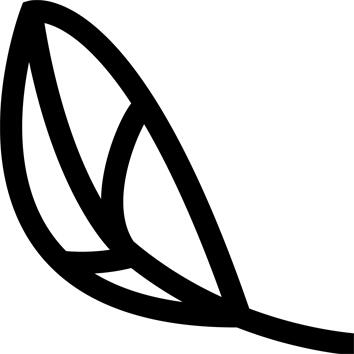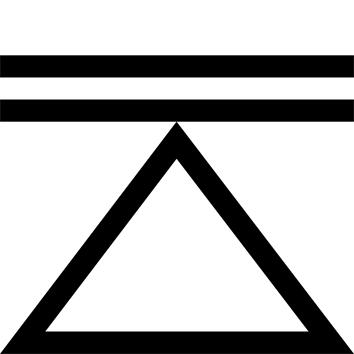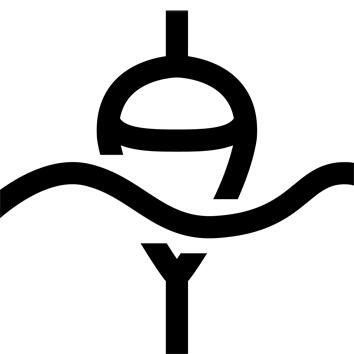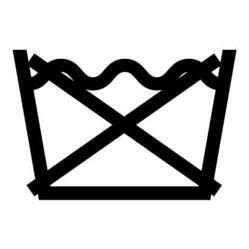Our WILDER Saga
Our Wilder saga includes 3 skis with different widths: 85 / 95 / 102 in order to offer a skate width for every type of ski tourer.
The Wilder 85, which remains the most versatile width for practising on all types of terrain, is the ideal ski for beginning ski touring off the beaten track.
The Wilder 95, with its straighter lines for maximum grip on slopes and steep inclines.
The Wilder 102, for free-riders in search of combes.
Ski features
Weight ski 162cm: 1170g ski only / pack 1495g
Weight ski 170cm: 1235g ski only / pack 1560g
Weight ski 178cm: 1295g ski only / pack 1620g
Binding weight: 325g
Dimensions:
178cm => 124/95/110 cm Radius => 22m
Profile: Rocker/Cambre/Rocker
Fasteners
Ski touring bindings with Tyrolia Almonte 10 insert.
Weight: 325g (with ski stop)
60mm adjustment range.
DIN adjustment on rear stop: from 4 to 10.
If you wish, you can remove the ski stop. To do this, remove the binding's rear wedge, take out the ski stop and position a plastic piece in its place, which will give you good support on the binding. (Choose from 3 thicknesses, the one that best matches the thickness of your boot).
Up/Down mounting (continued)
Uphill:
To lock the ski stop, turn the rear stop to the right by a quarter-turn, then press the plastic part of the stop with your boot.
Uphill wedges can be easily manipulated without taking off your boot and with the pole, in 3 positions, one flat and 2 uphill positions. The steeper the slope, the higher the level of the wedges.
When going downhill, return to the initial position of the rear stop by making the opposite quarter-turn.
Fastener adjustment
Tyrolia Almonte bindings are compatible with insert ski boots.
ski length = 162 cm / Binding adjustment for boots from 252 to 310 mm
ski length = 170 cm / Binding adjustment for boots from 262 to 320 mm
ski length = 178 cm / Binding adjustment for boots from 282 to 340 mm
Adjustment requires a Phillips screwdriver. We recommend in-store adjustment to ensure the correct distance between the back of your boot and the binding.
Skins
The skins are pre-cut to the sidecut of the skis. They are made from 70% Mohair and 30% synthetic, the best compromise between glide (on ascents to limit effort) and grip (on ascents to limit the recoil effect). The skins are fitted with a metal stirrup at the front to attach to most ski tips, and an adjustable camlock at the rear to secure the skin to the ski heel. It's important to air-dry your skins thoroughly.
Construction
The Wilder 95 features an innovative construction combining palownia and carbon fiber. This combination offers skiers several advantages. Palownia, a light and resistant wood, gives the ski exceptional lightness, facilitating mountain ascents. Carbon fiber, on the other hand, provides enhanced stability and responsiveness, for optimal performance on the slopes. As a result, skiers benefit from a ski that's light, easy and safe.
Solidity
Semicap construction to avoid chipping when skis are crossed.
Predominantly black soles for excellent glide and easy repairs.
Preparation
Skis waxed and sharpened, ready to use. Edges sharpened to 89
What is a camber?
When a ski is placed on the ground, the contact points of the ski on the snow are located near the tip and tail, while the center of the ski (under the bindings) rises slightly (this is the camber). The longer and higher the camber, the more grippy and responsive the ski. The lower the camber, the more forgiving and maneuverable the ski.
What is a rocker?
On a rocker ski, the tip - and sometimes the tail - lifts off the ground much earlier than on a cambered ski. This shifts the contact points towards the center of the ski. This shortens the ski's surface area in contact with the snow, giving you more maneuverability and lift in soft snow. The angle of the rocker gives you more edge length for greater grip on hard snow. The longer the rocker, the more maneuverable your ski.
What does a ski's sidecut correspond to?
The sidecut is characterized by 3 dimensions: width at the tip (front of the ski), width at the runner (middle of the ski) and width at the tail (back of the ski). The wider the tip, the more easily the ski enters the turn. The narrower the runner, the grippier the ski on hard snow. The wider the runner, the more comfortable and stable the ski is in changing snow conditions.
How to choose the right ski size?
The shorter the skis, the more maneuverable they are.
This is why less adventurous skiers should choose shorter skis.
Generally speaking, we recommend skis for ski touring:
-5cm to -10cm below your waist. The heavier or more powerful you are, the longer you can make your skis.
Fixture / Knife compatibility
The Tyrolia Almonte binding is compatible with knives from the following brands: Tyrolia / Wedze / Dynafit

















